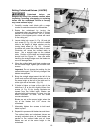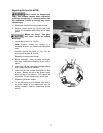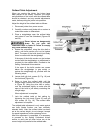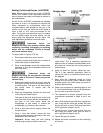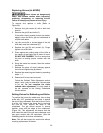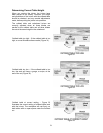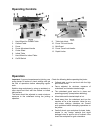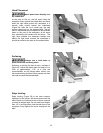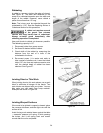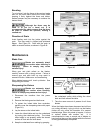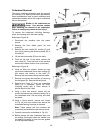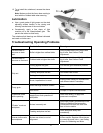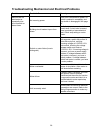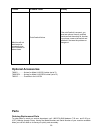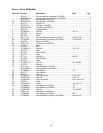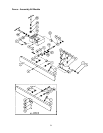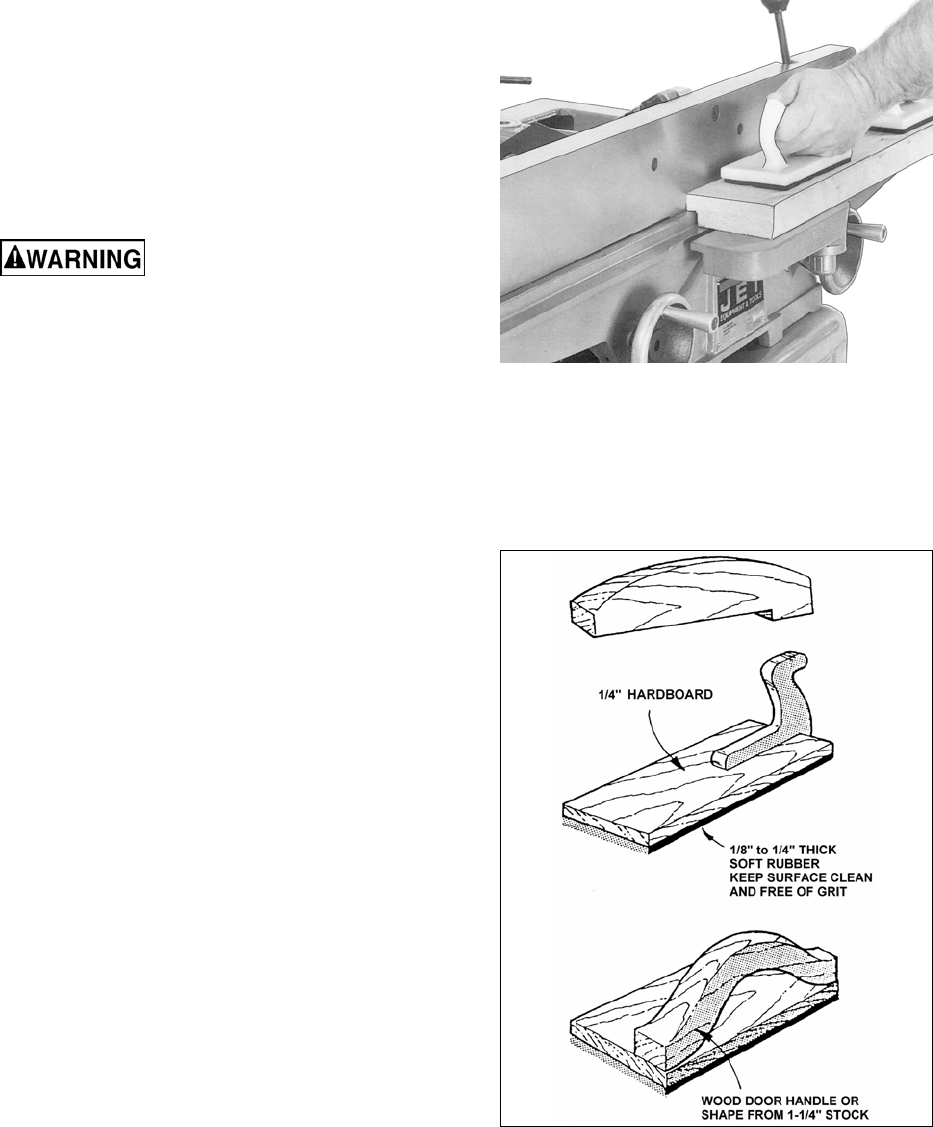
24
Rabbeting
A rabbet is a groove cut along the edge of a board.
See Figure 37. The width and thickness of the
wood to be rabbeted depends upon the width and
length of the rabbet. However, never rabbet a
piece of wood less than 12” long.
Note: The knives must be extended beyond the
cutterhead by 1/32”. See the Replacing Knives in
Cutterhead section for this procedure.
A rabbet cut requires removal
of the guard. Use extreme
caution and keep hands clear of cutterhead.
Always re-install guard immediately after
rabbeting operation is completed.
Use push blocks to rabbet cut whenever possible.
The rabbeting capacity is 1/2”.
1. Disconnect jointer from power source.
2. Set fence for desired width of rabbet.
3. Check width of the rabbet by measuring the
distance from the end of a knife in the
cutterhead to the fence.
4. Re-connect power. It is easier and safer to
take a series of shallow cuts. Lower the infeed
table 1/32” at a time and make successive cuts
until the desired depth of rabbet has been
obtained. See Figure 37.
Jointing Short or Thin Work
When jointing short or thin work pieces, use a push
block to eliminate all danger to the hands. Two
push blocks are shipped with your jointer. You can
also make your own easily from scrap material.
Examples are shown in Figure 38.
Jointing Warped Surfaces
If the wood to be jointed is cupped or bowed, place
the concave side down, and take light cuts until the
surface is flat.
Avoid forcing such material down against the table
– excessive pressure will spring it while passing
the knives, and it will spring back and remain
curved after the cut is completed.
Figure 37
Figure 38



